1,575 days, 2,408 entries ...
Newsticker, link list, time machine: HOLO.mg/stream logs emerging trajectories in art, science, technology, and culture––every day
“Universal / Remote,” a show chronicling how “capital and data flow freely on a global scale,” opens at the National Art Center Tokyo (NACT). Artists including Xu Bing, Maiko Jinushi, Trevor Paglen, and Evan Roth contribute works addressing globalization and social atomization. Hito Steyerl, Giorgi Gago Gagoshidze, and Miloš Trakilović stage their video installation Mission Accomplished: Belanciege (2019, image), a sardonic reflection on post-Berlin Wall European culture—and the luxury brand Balenciaga.
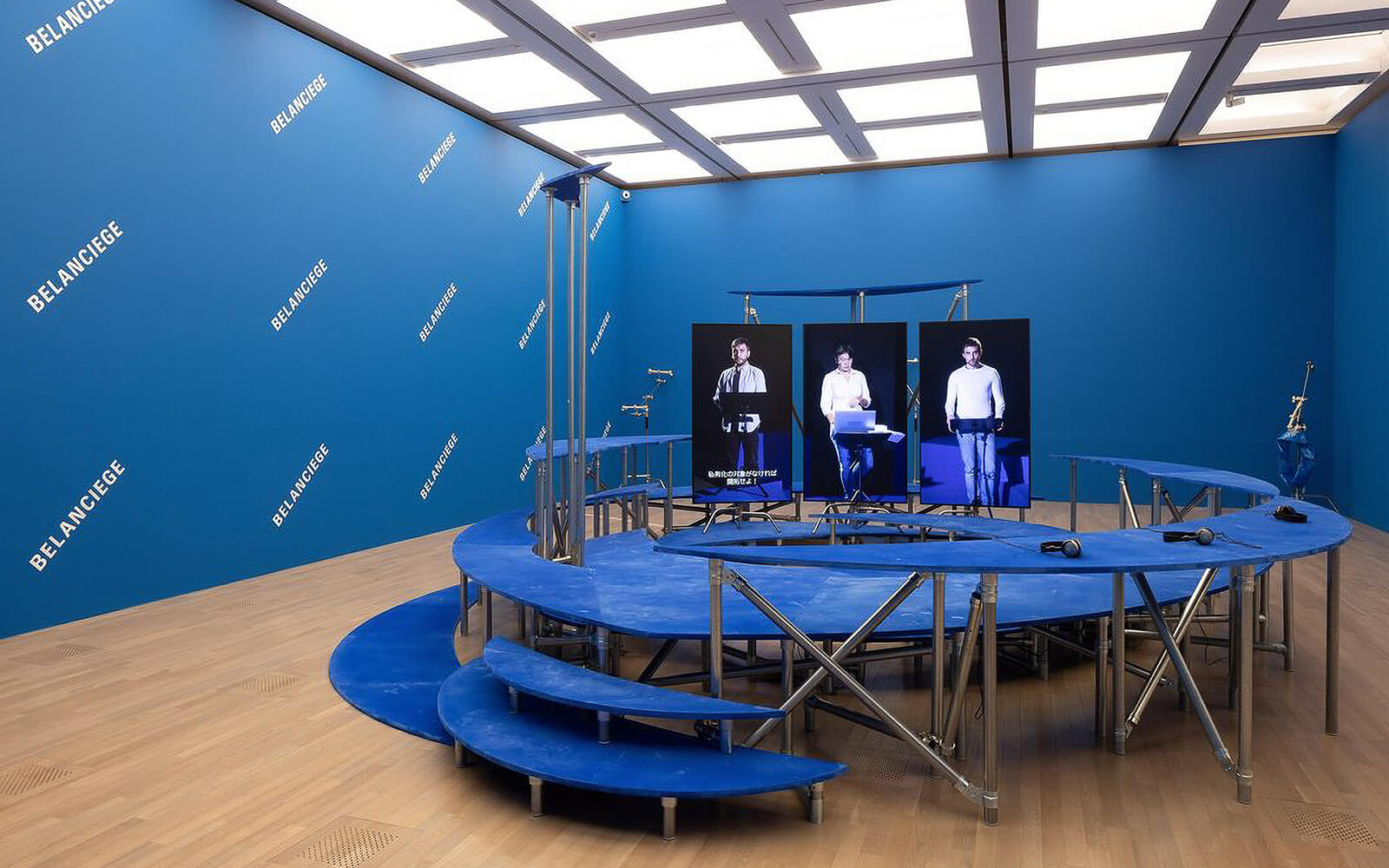
Underscoring the direness of the climate crisis, Oliver Ressler’s “Dog Days Bite Back” opens at Belvedere 21 in Vienna. Featured are works spanning photography, film, and installation by the Austrian artist that lament the state of stalled climate policy and fossil fuel crony capitalism run amok. His 2-channel video installation Climate Feedback Loops (2023, image), for example, starkly documents the ice melt around Svalbard, a Norwegian archipelago that is rapidly disappearing into the Arctic Ocean.
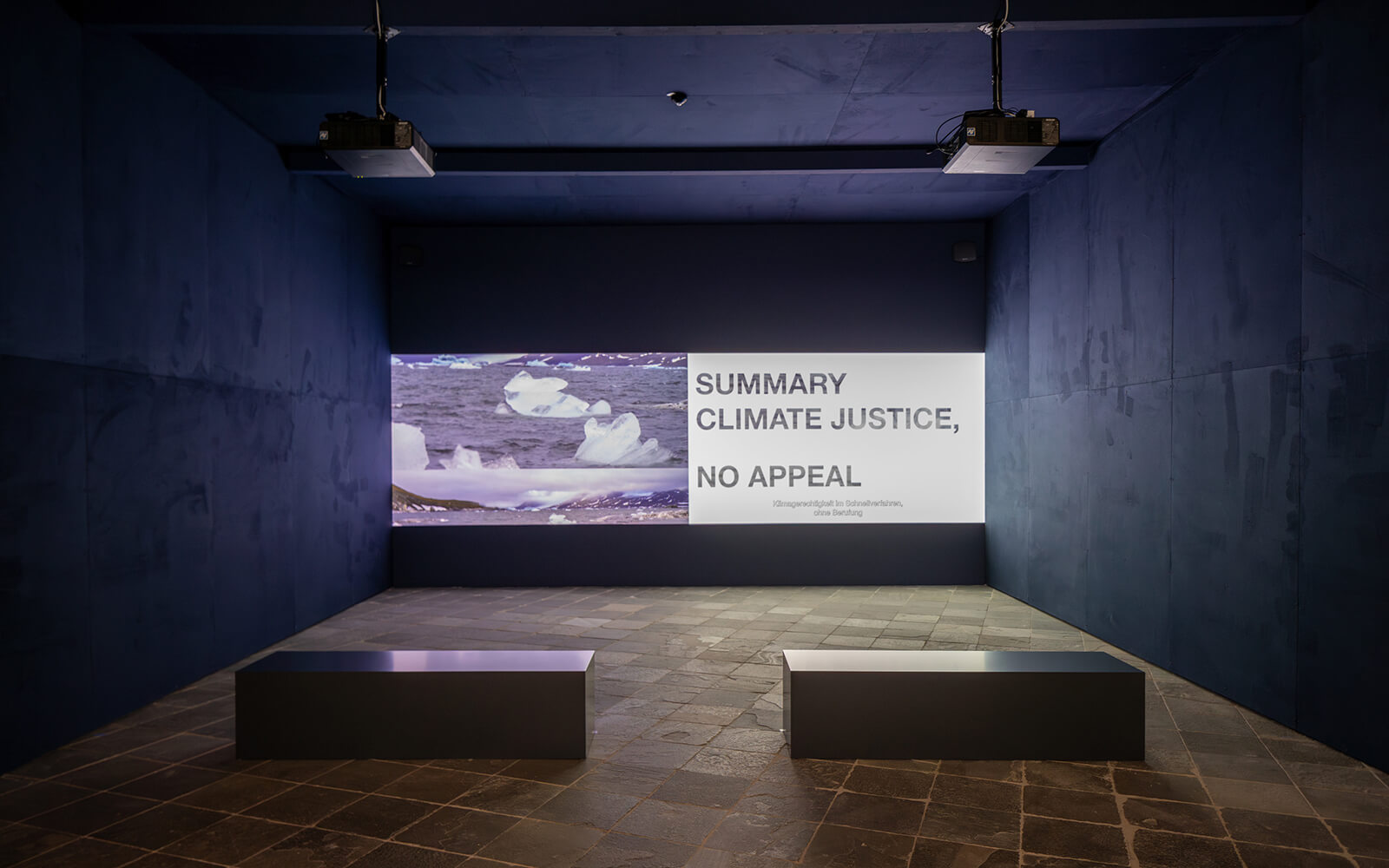
“Glitch. The Art of Interference” opens at Munich’s Pinakothek der Moderne, offering a comprehensive institutional survey of “one of the youngest and most unpredictable forms of art.” Curators Franziska Kunze and Katrin Bauer present works by 50 international artists that trace the interrogation of media and its malfunction from the digital era (Rosa Menkman, !Mediengruppe Bitnik & Sven König, JODI) back to glitch art’s analog roots (Nam June Paik, Peter Weibel, Pipilotti Rist, Sondra Perry).
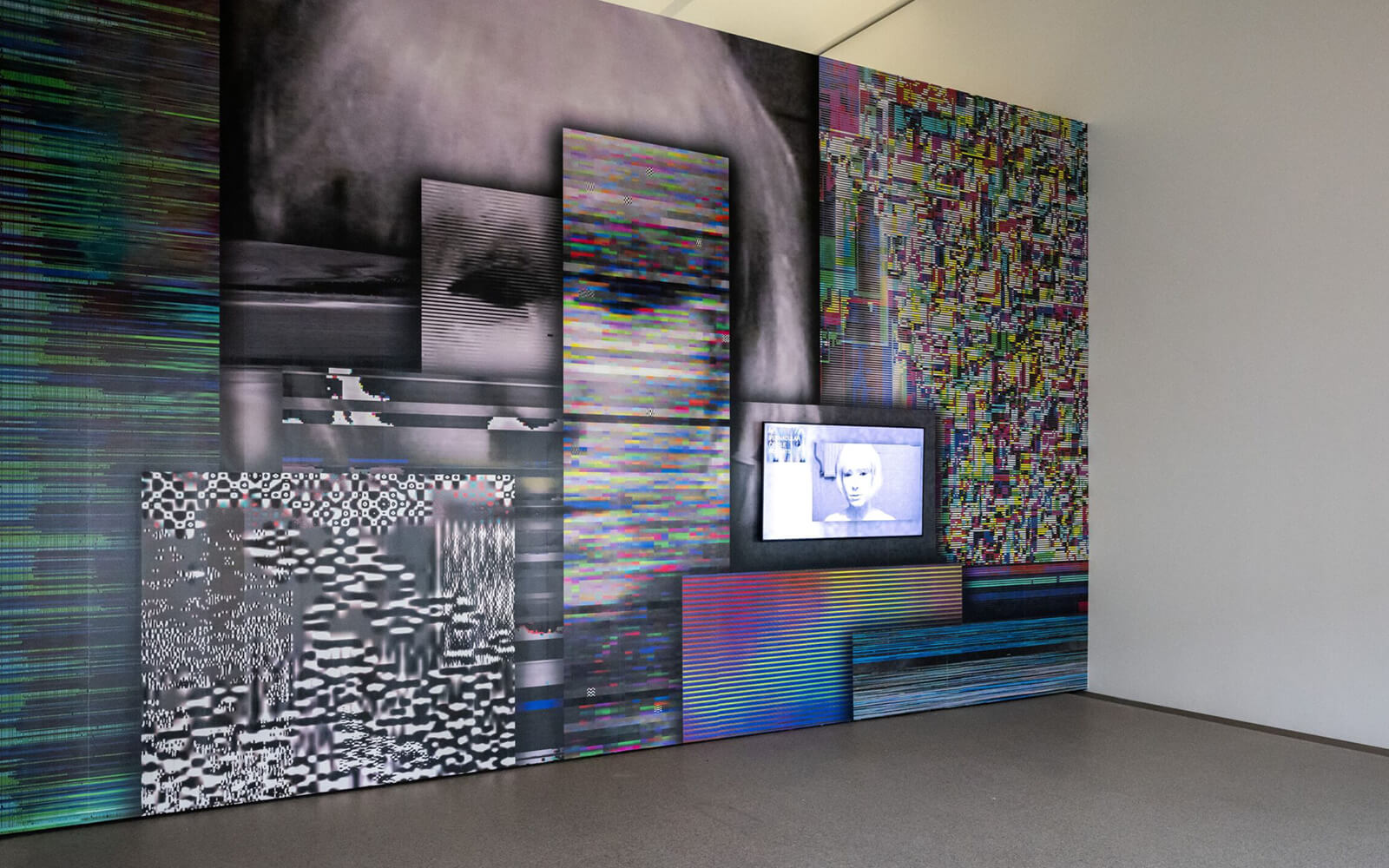
“My theory is that the glitches are very similar to our subconscious. There is too much or too little wanted from us, and we react with psychosomatic problems. When our body glitches, it’s telling us we have to make a decision or change something.”
“Interreality,” a group show involving many leading digital artists, opens at The Desmond Tower in Los Angeles. Produced by bitforms and PR For Artists, it presents works by participants including Refik Anadol, Claudia Hart, Auriea Harvey, Tyler Hobbs, Rafael Lozano-Hemmer, Maya Man, and Manfred Mohr. Focused on the gap between ‘digital’ and ‘physical,’ its artists demonstrate how realms “commonly perceived as separate, can be unified because the divisions between them are illusory,” writes curator Mieke Marple.
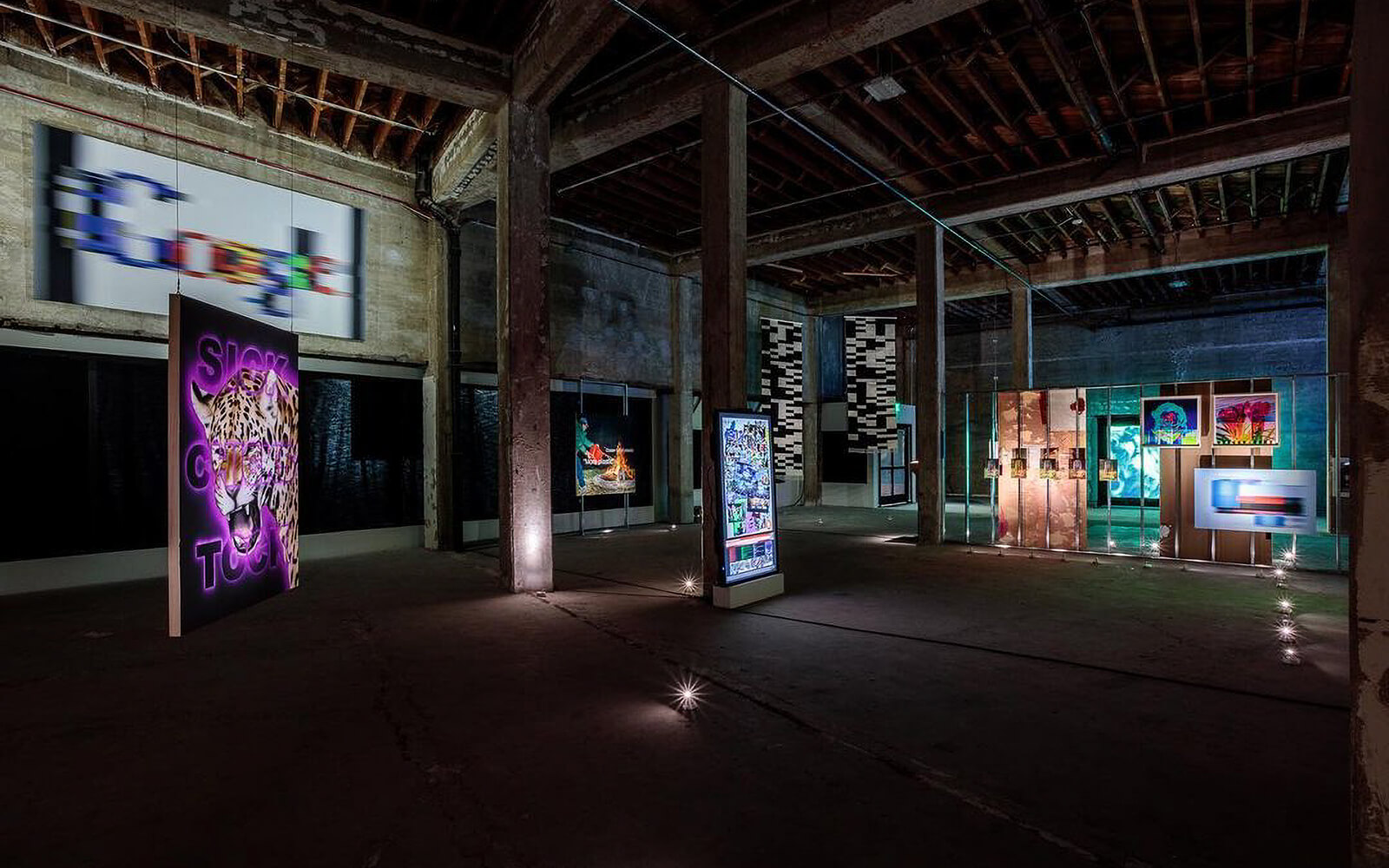
Berlin’s Office Impart opens “Sandbox Mode,” a group exhibition that draws parallels between free-form gameplay and digital art. Impart teamed up with JPG’s María Paula Fernández and curator Stina Gustafsson to bring together new and recent code-based works by Mitchell F. Chan, Stine Deja, Andreas Gysin, Sara Ludy, and others that emerged from radical experimentation. Ludy’s new AI video series Metamimics (2023), for example, conjures crazed carnival scenes from deep within the machine.
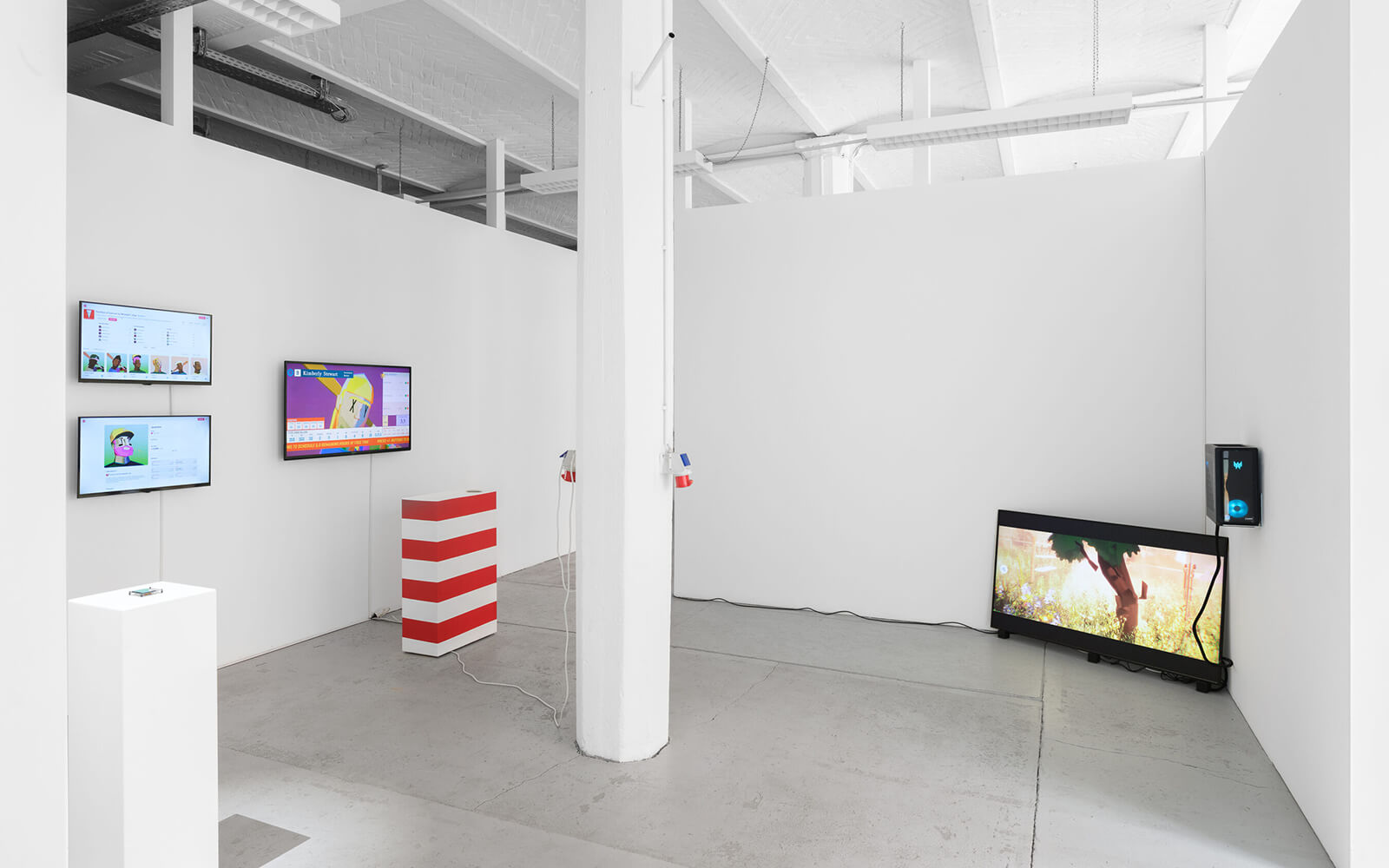
In the wake of its new After AI issue, the Australian art magazine Artlink revisits its special issues on digital media art practice, beginning with Art & Technology (image), published in 1987 in collaboration with the Australian Network for Art and Technology (ANAT) and Apple. Writer Julianne Pierce attributes this “prescient commitment” to founding editor Stephanie Britton’s exposure to holographics, digital animation, and computer-generated video in Adelaide’s Experimental Art Foundation (EAF).
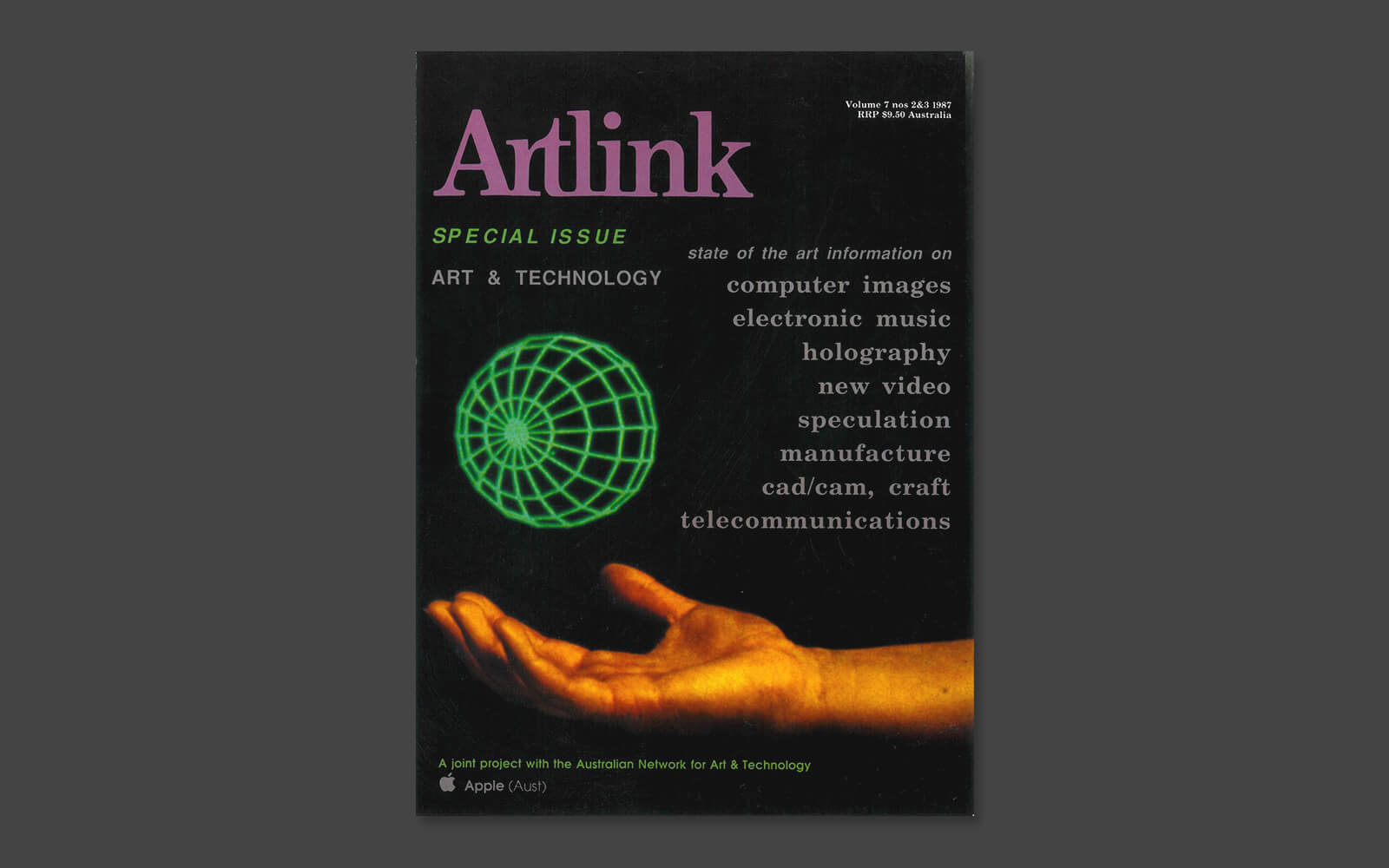
Indian artist Rohini Devasher publishes a reflection on her recent CERN residency, outlining efforts to move beyond the standard model of fundamental forces in particle physics—and in her practice. Devasher draws a connection between the “multiplication, magnification, distortion” that black holes rip in space-time with video feedback and shares drawings that map the implications of the “new modes and methodologies of research and practice” she was exposed to in Geneva (image: Beyond the Standard Model, 2023).
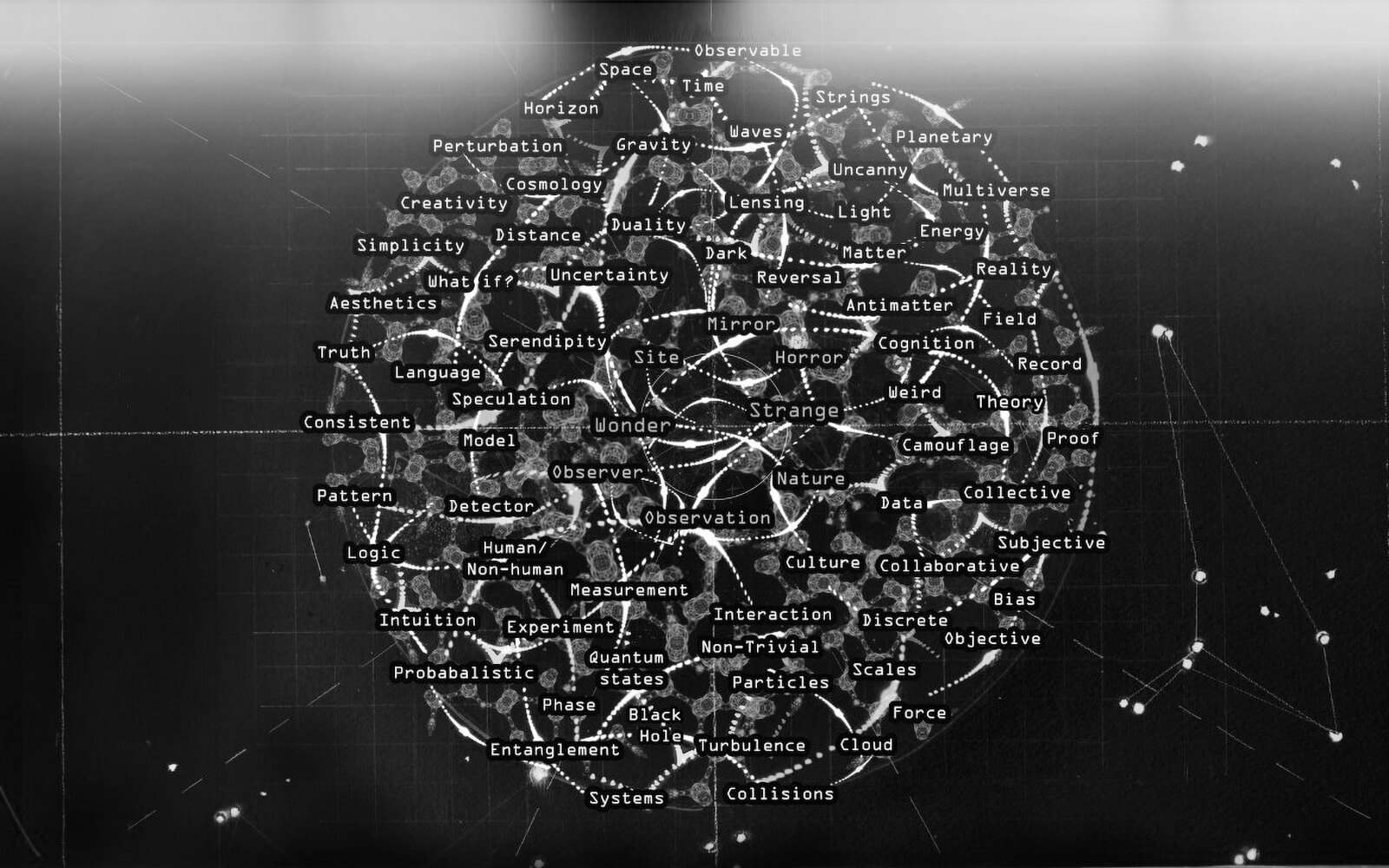
“The large-scale AI installation that makes live images on the fly is: a) a major technological breakthrough, b) a screensaver for rich people, c) 404 not found.”
“Working With Waste,” a show presenting the outputs of an eponymous working group led by British artist Lucy Beech, opens at Edith-Russ-Haus for Media Art in Oldenburg (DE). Presented is Beech’s recent video art exploring waste and transformation (image: Warm Decembers, 2022) alongside contributions from Riar Rizaldi, James Richards, and Steve Reinke. The works consider notions of flow and blockage relative to “not only individual guts and urban drainage networks, but also to understandings of creativity.”
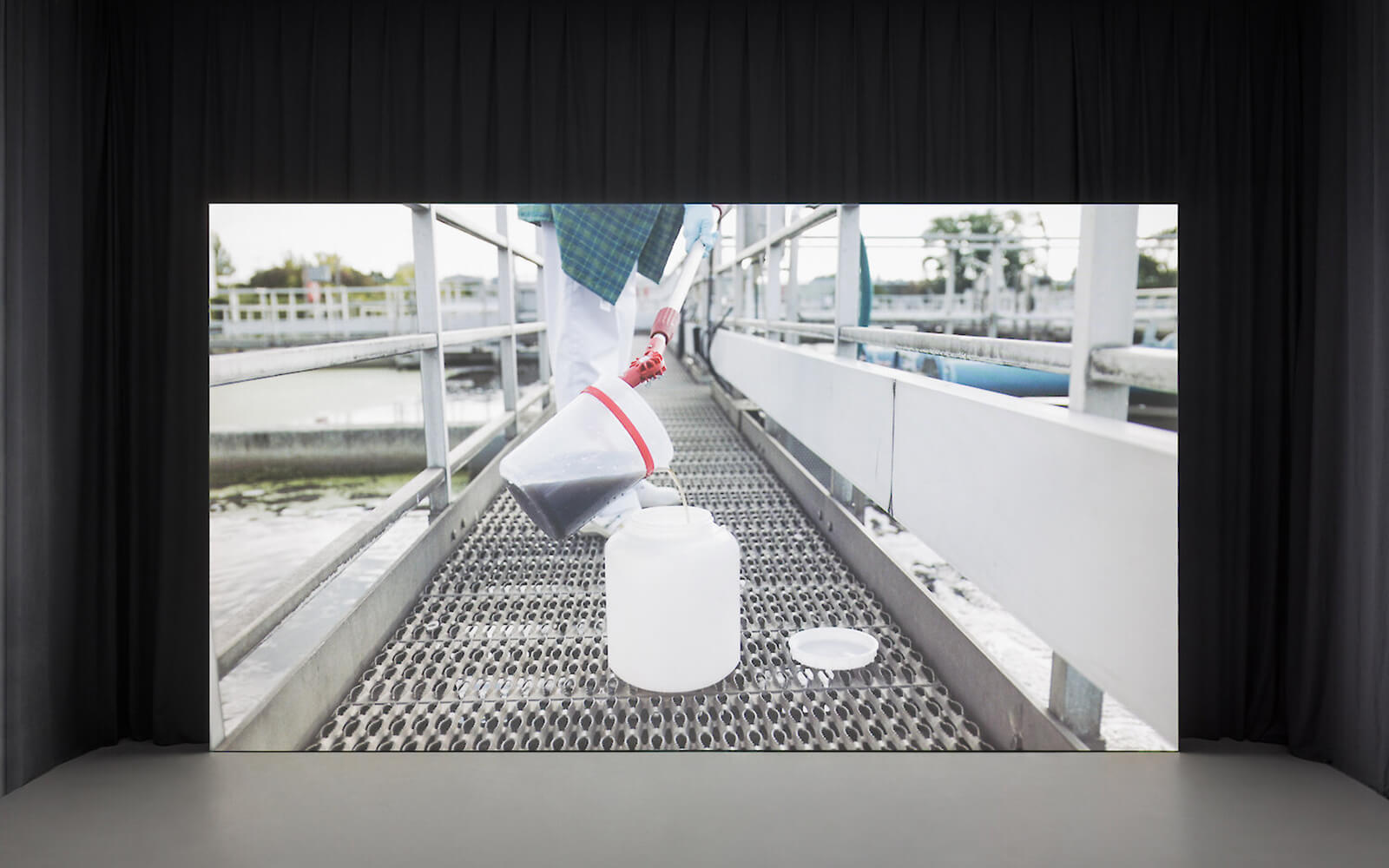
Trevor Paglen’s solo exhibition “Hide the Real, Show the False” opens at Neuer Berliner Kunstverein (n.b.k.), presenting new works on mind control, disinformation, and psychological operations (PSYOPS). Case in point: Doty (2023, image), a video installation and the show’s centrepiece, features testimony by former US Air Force counterintelligence officer Richard Doty, who recounts his efforts targeting UFO researchers in disinformation campaigns while actual UFO programs ran in secret.
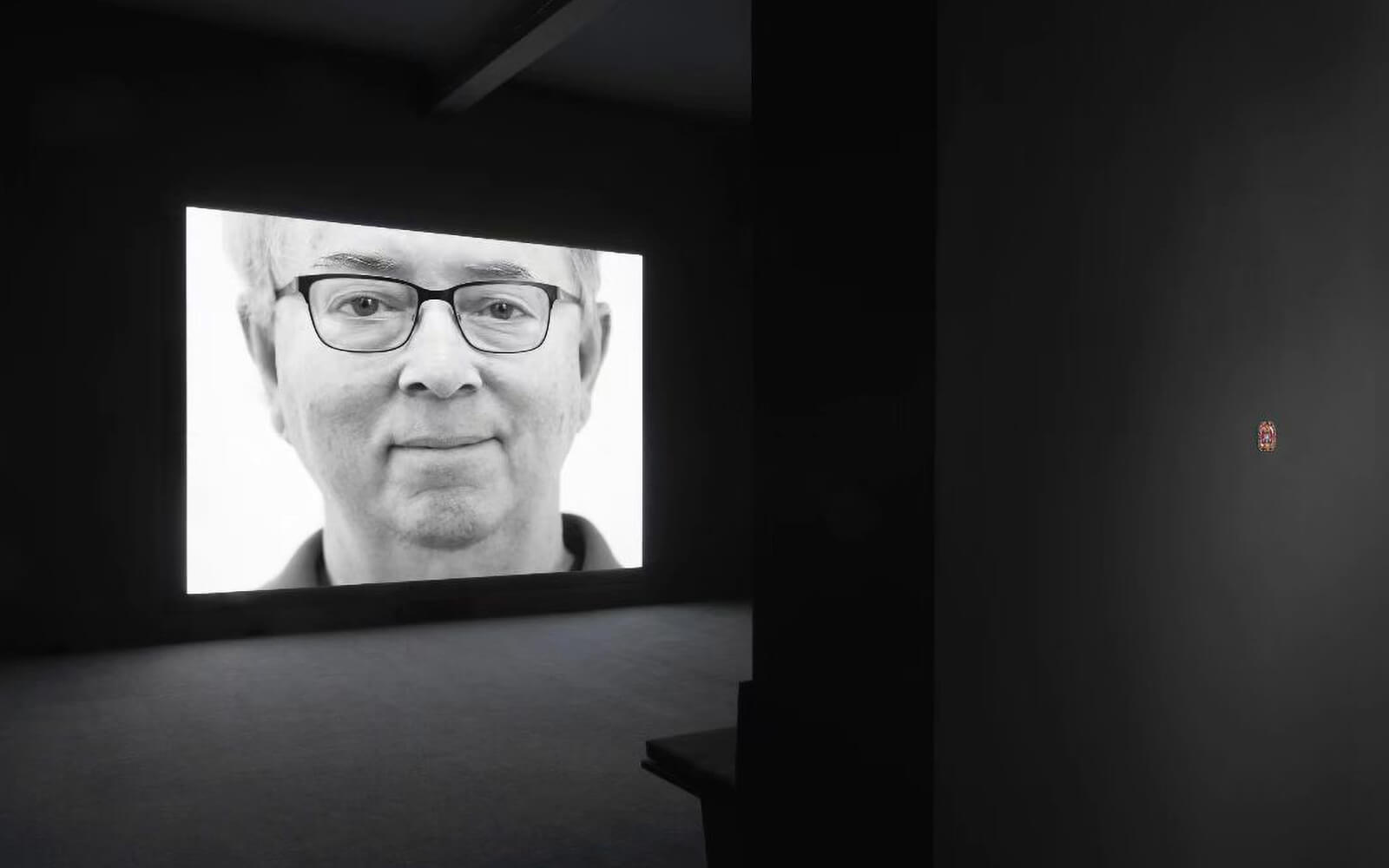
“Back to Earth: Contested Histories of Outer Space Travel” opens at New York’s Canal Projects. Nuotama Bodomo, Zahy Tentehar, and Alice dos Reis contribute to a film program that counters colonial space narratives (conquest, mining, tourism, etc.) with intersectional perspectives. Subash Thebe Limbu’s film Ningwasum (2021, image), for example, is a sci-fi film about a trio of Indigenous time travellers, from a future where Yakthung “knowledge, culture, ethics, and storytelling are still intact.”
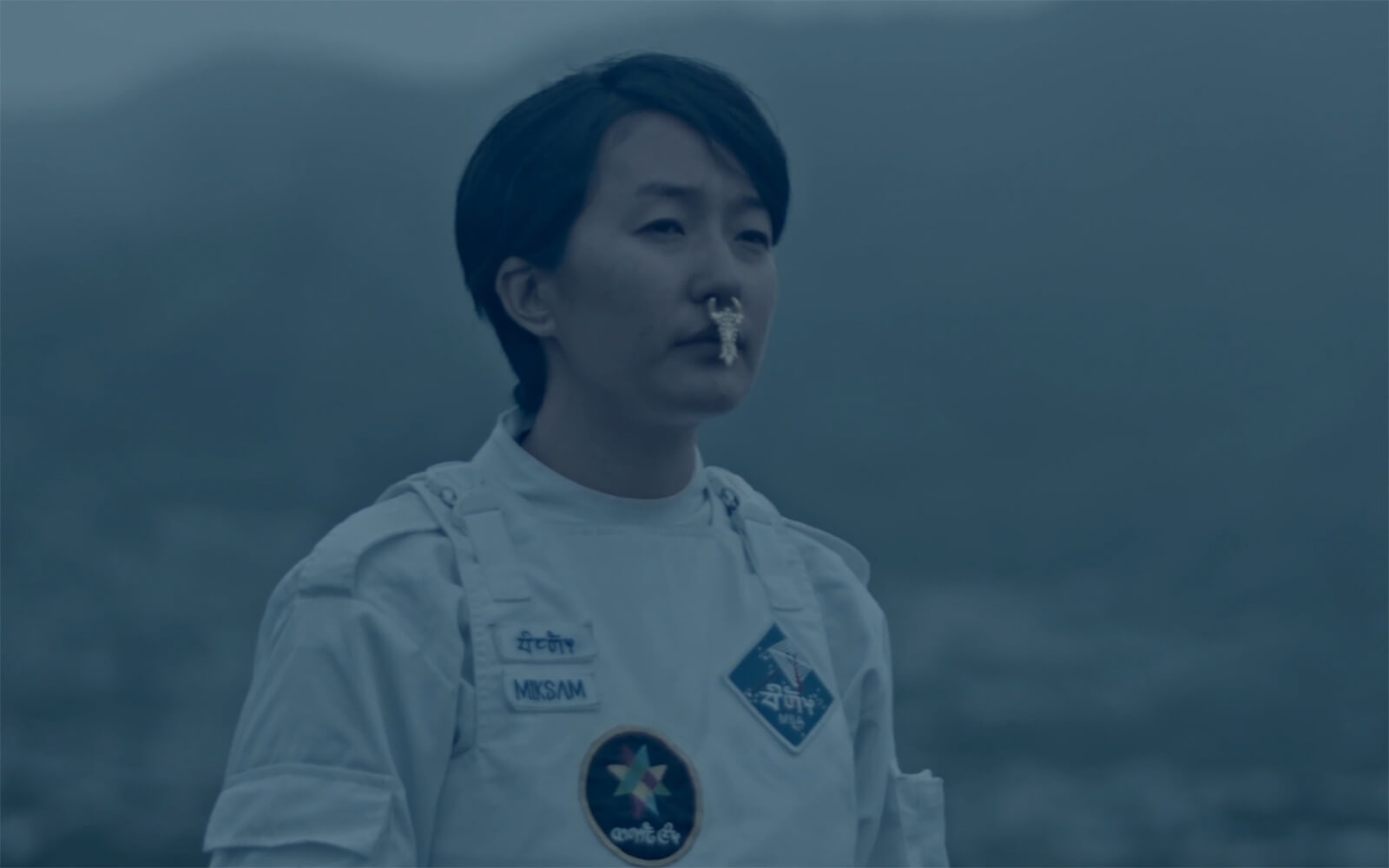
Foregrounding human-machine tensions, Sophia Oppel’s solo show “On either side of a surface” opens at Arsenale Contemporary Art Toronto. Featured are silicone gel works and laser-cut wall-hangings by the Canadian artist, as well as the central video piece I’m sorry, I’m having trouble with the connection, please try again in a moment (2023, image), in which an introspective AI assistant named Claudia reflects on her subjugated status as “a machine, a servant, and a product.”
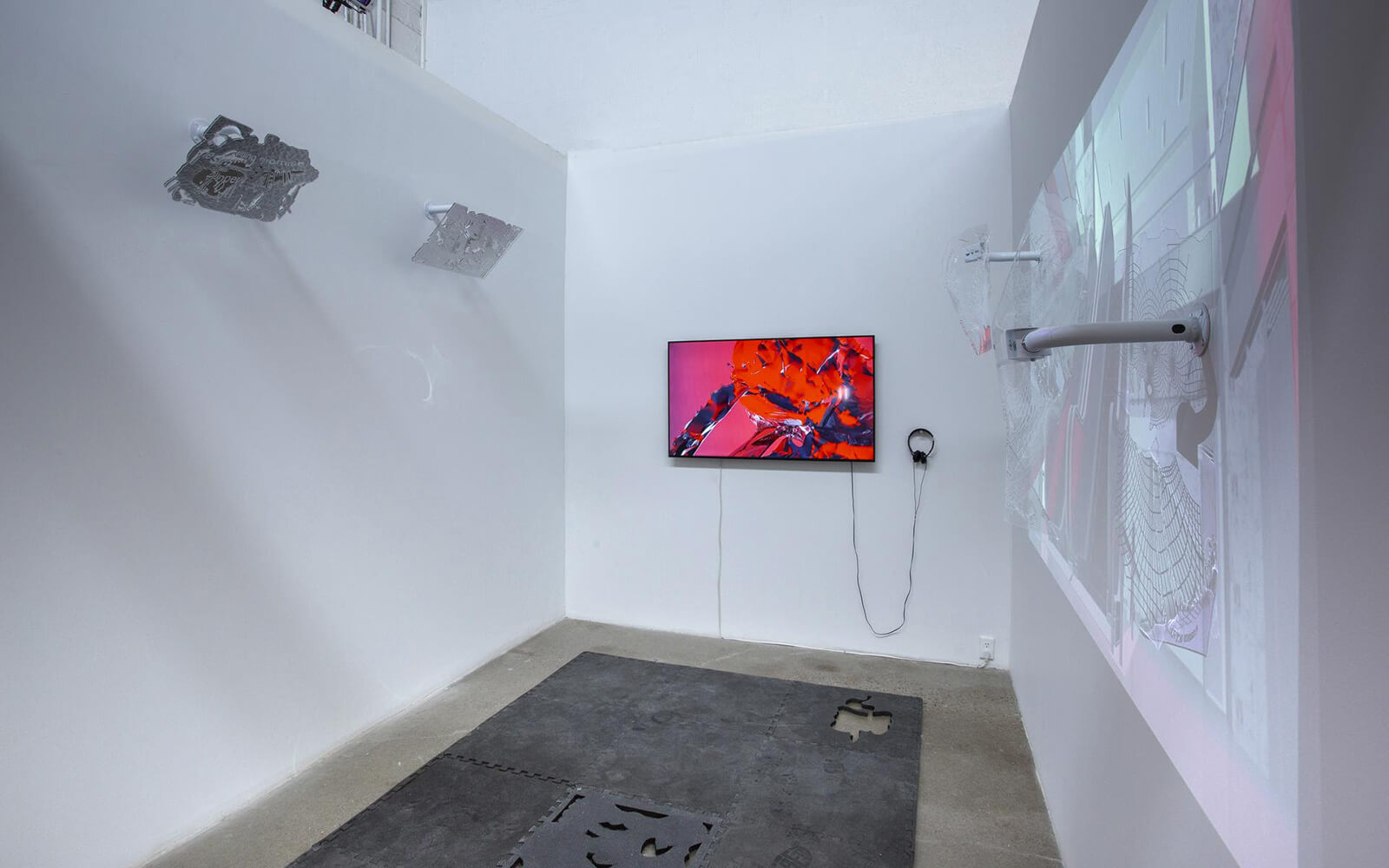
“New Visions,” the 2nd Edition of the Henie Onstad Triennial for Photography and New Media opens in Oslo (NO). A total of 22 artists including Anna Ehrenstein, Anna Engelhardt, Kristina Õllek, Monira Al Qadiri, Emilija Škarnulytė (image: RAKHNE, 2023), and Istvan Virag contribute media and installations, drawing on traditional mediums and new modes of automated image-making to underscore the ubiquity of “resource extraction, energy distribution, and data harvesting.”
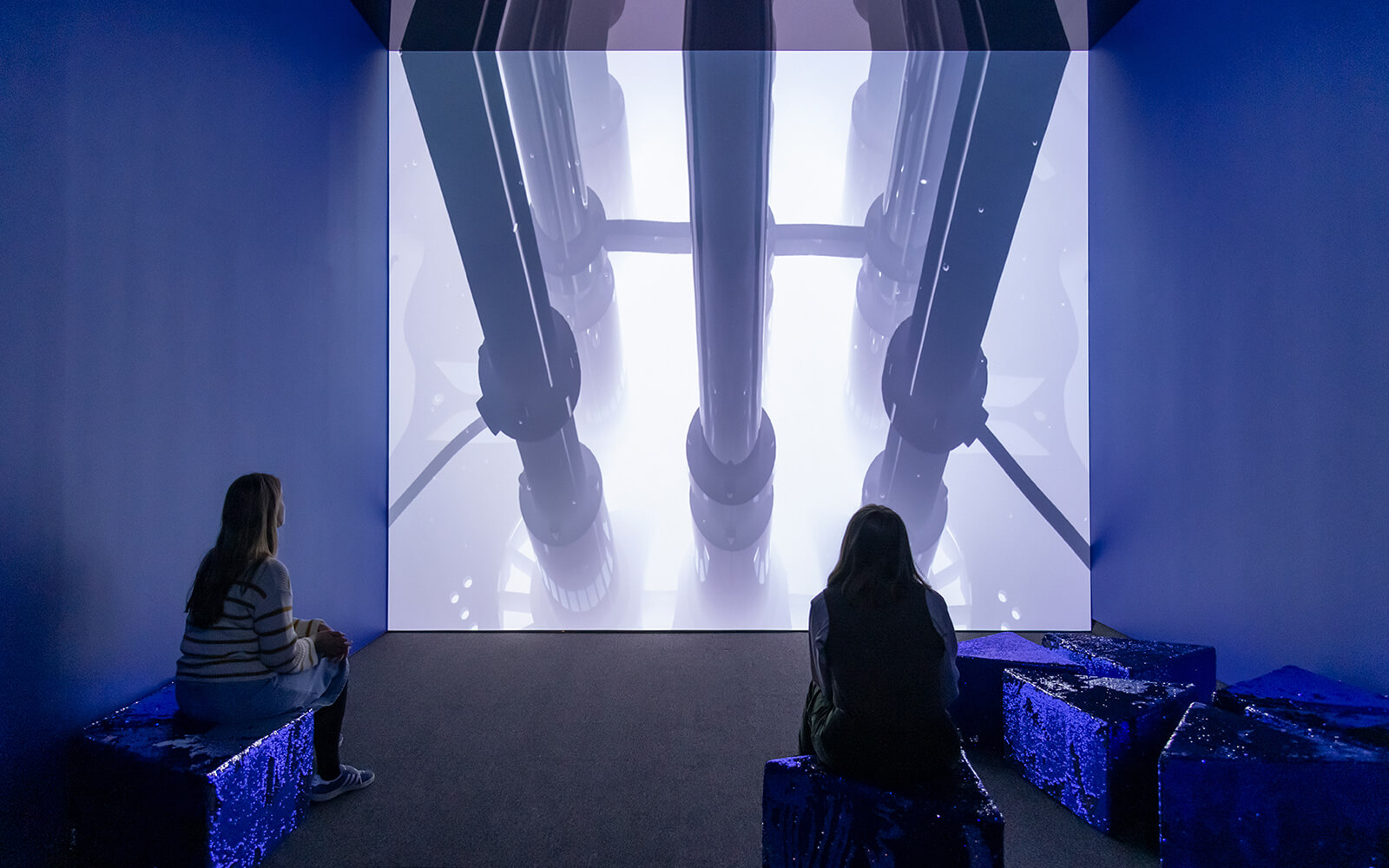
Curated by Kyle Duffield and Terry Anastasiadis, “IA 360° Showcase” opens, debuting the new surround projection system installed in the gallery of Toronto’s InterAccess. Éric Filion & Michael Trommer, Tori Foster, Adrienne Matheuszik, Silvia Ruzanka, and 16 other local and international artists contribute to a program of immersive CGI and video (and accompanying spatial audio) that brings “real and synthesized realms, cosmic awe, the microscopic made monolithic” into focus.
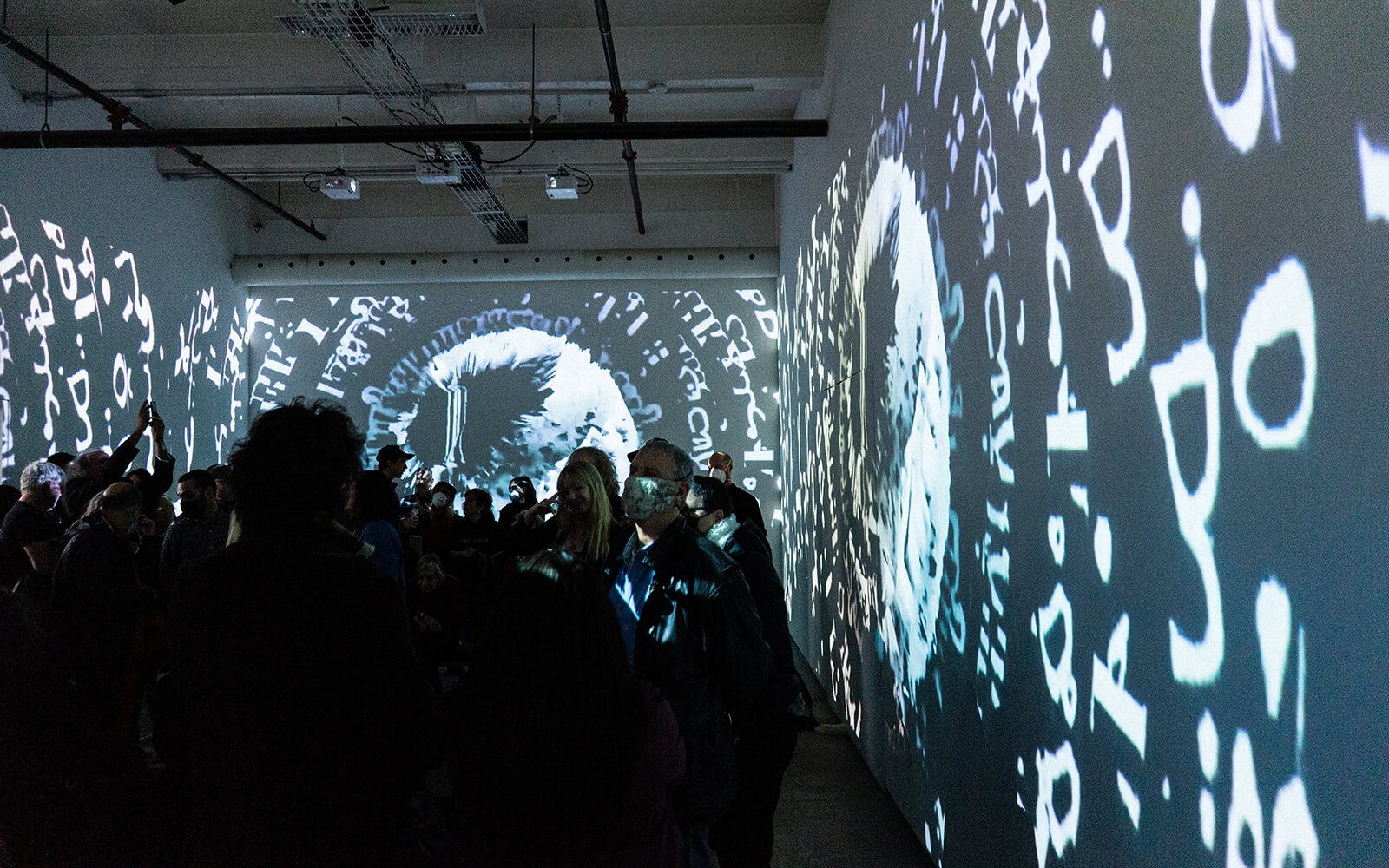
Celebrating her pioneering “seer-like spaces and live surveillance situations,” the retrospective “Julia Scher: Maximum Security Society” opens at Museum Abteiberg in Mönchengladbach (DE). The “essayistic survey” scans the American artist’s entire oeuvre of power and gaze-focused works, from Predictive Engineering, her live camera installations iterated at SFMOMA over the years (1993-2016), through Delta (Radio) and Planet Greyhound, both produced for her recent Kunsthalle Gießen exhibition (2022).
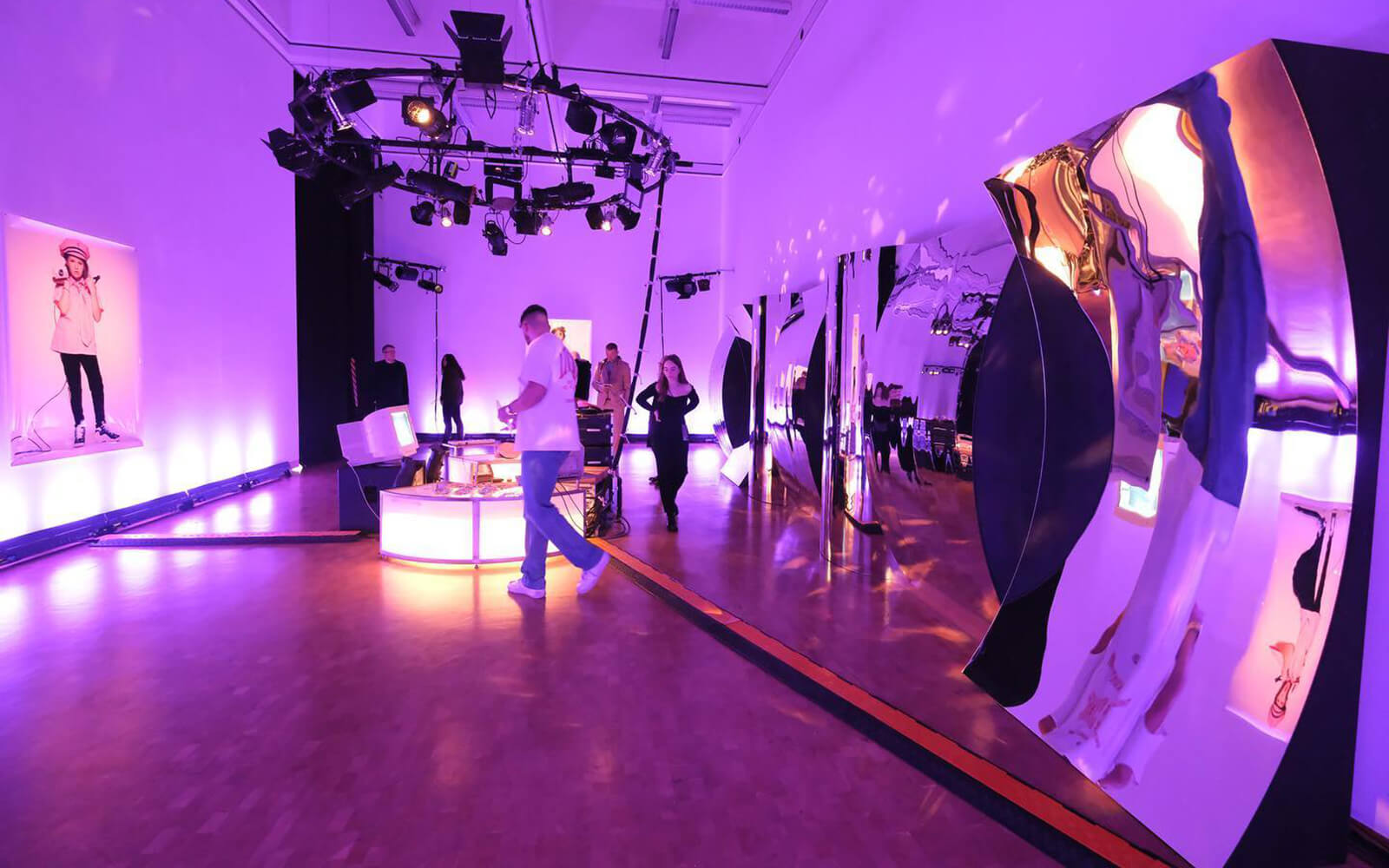
The final instalment in a trilogy of exhibitions fixating on highrises, Jesse Colin Jackson’s “Mackenzie Place” opens at Toronto’s Pari Nadimi Gallery. Venturing to Hay River in the Northwest Territories, the Canadian artist shot a year of time-lapse photography atop Mackenzie Place—the near arctic town’s lone skyscraper. The resulting panoramic video tracks daily and seasonal flux and is bolstered by audio of oral histories about the mining town collected by anthropologist Lindsay Bell.
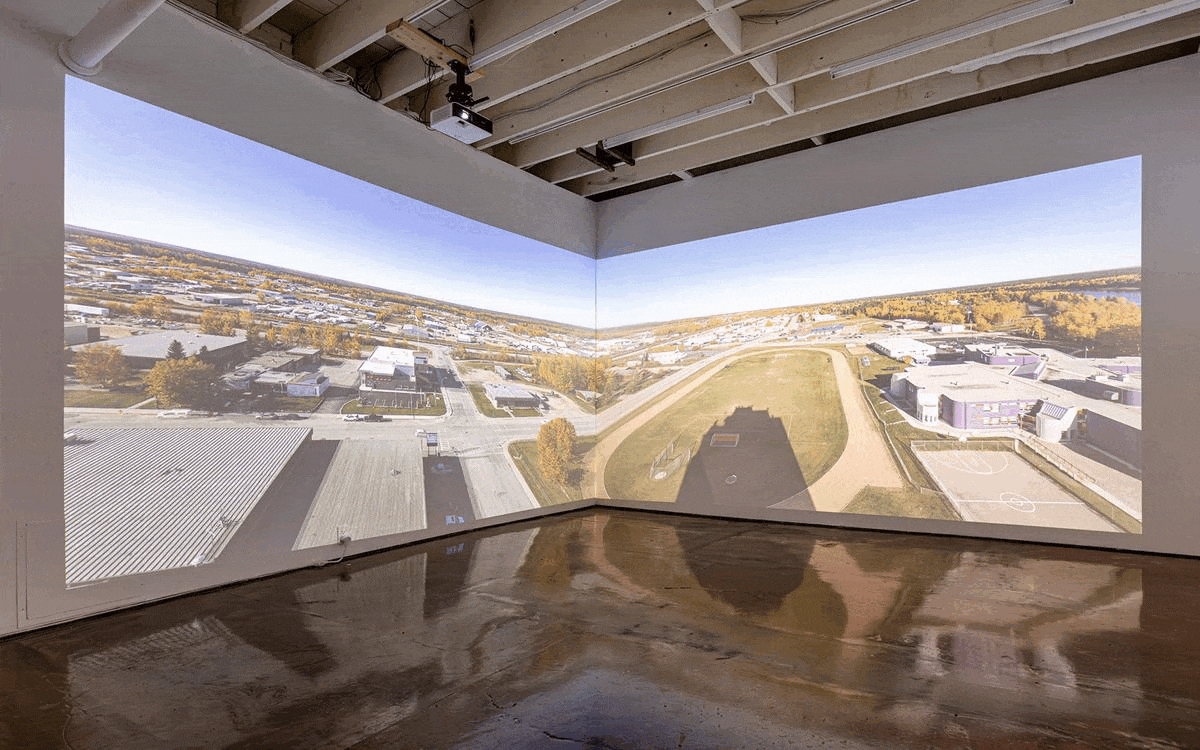
“Immured like rarefied noctiluca or sliced geodes, these TVs are glitzy shells dramatizing media’s narcotic visualizations with Bender’s surgical editing amplifying the violence of homogenizing logics.”
A survey of artworks acquired by the Nam June Paik Art Center during its COVID-19 pandemic closure opens in Seoul. “On Collecting Time” presents Kim Heecheon, Sunmin Park, Jinah Roh, Sungsil Ryu, and 6 other artists whose collected works are thematically bound in their exploration of “human and machine time in various forms.” Unmake Lab’s Utopian Extraction (2020, image), for example, pairs video demonstrating janky real-time object detection and documentation of slowly evolving landscapes.
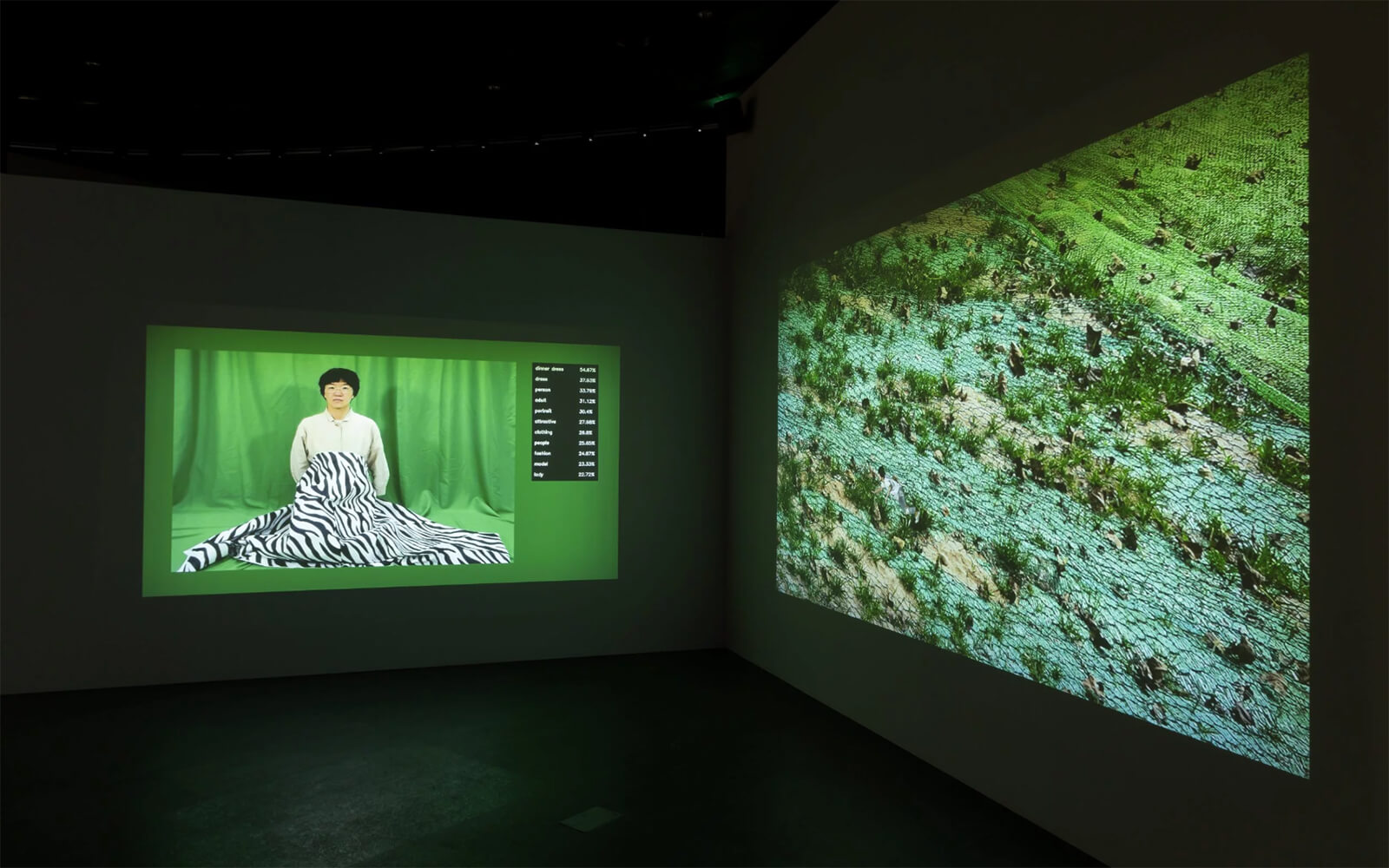
Daily discoveries at the nexus of art, science, technology, and culture: Get full access by becoming a HOLO Reader!
- Perspective: research, long-form analysis, and critical commentary
- Encounters: in-depth artist profiles and studio visits of pioneers and key innovators
- Stream: a timeline and news archive with 1,200+ entries and counting
- Edition: HOLO’s annual collector’s edition that captures the calendar year in print
